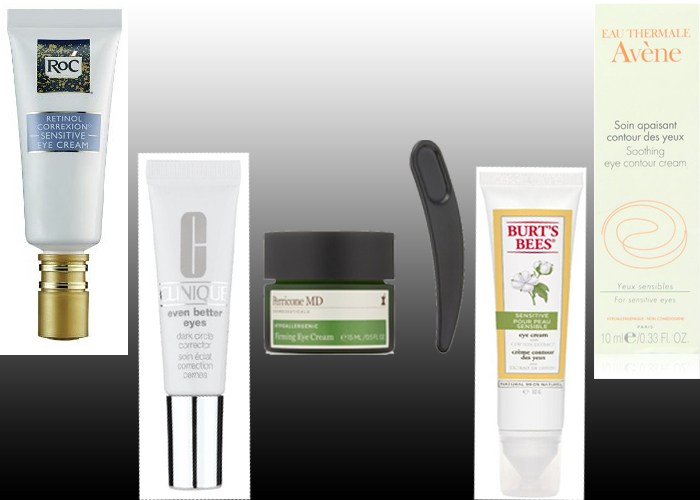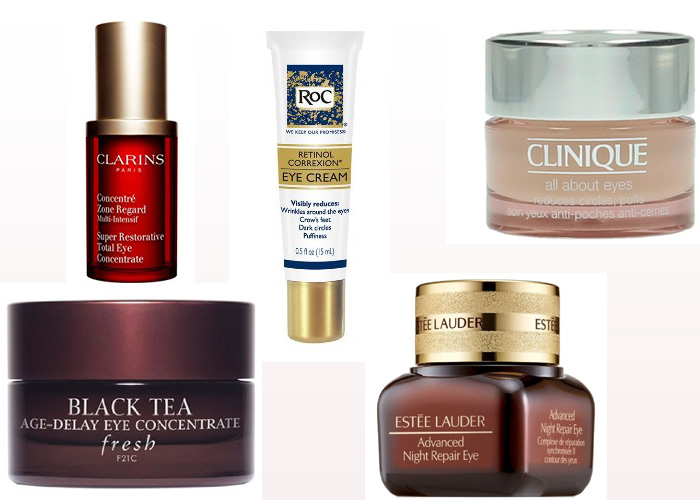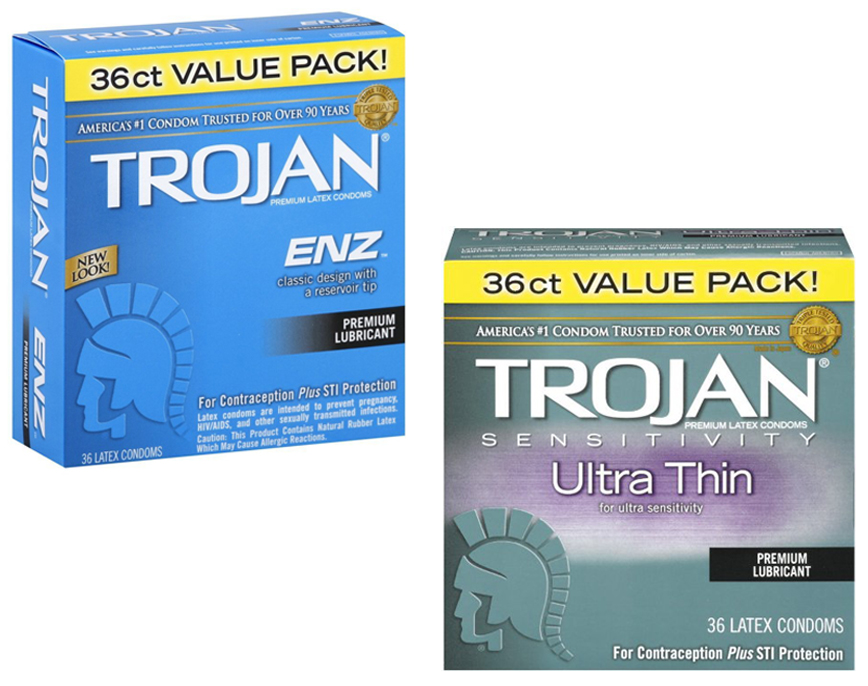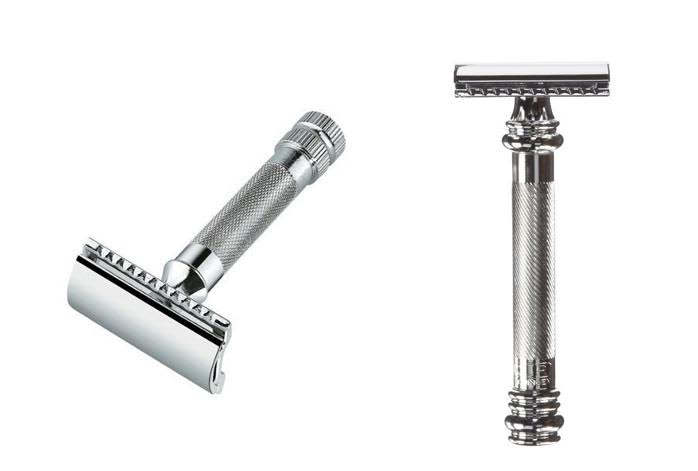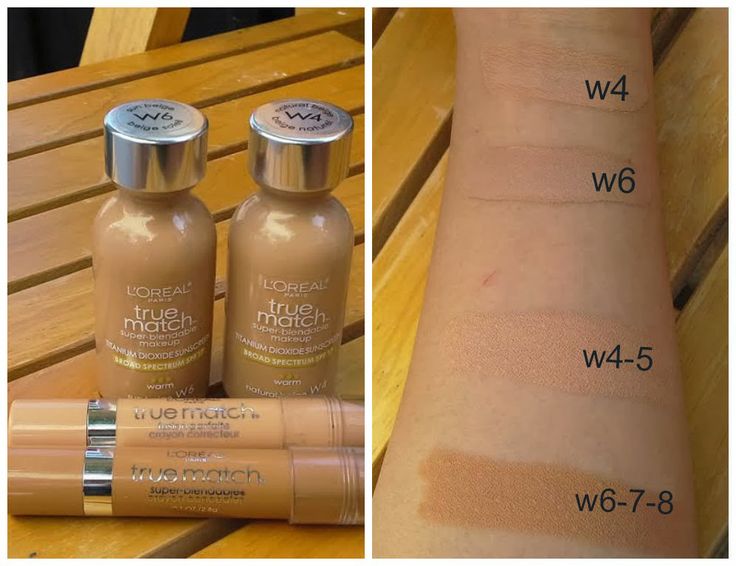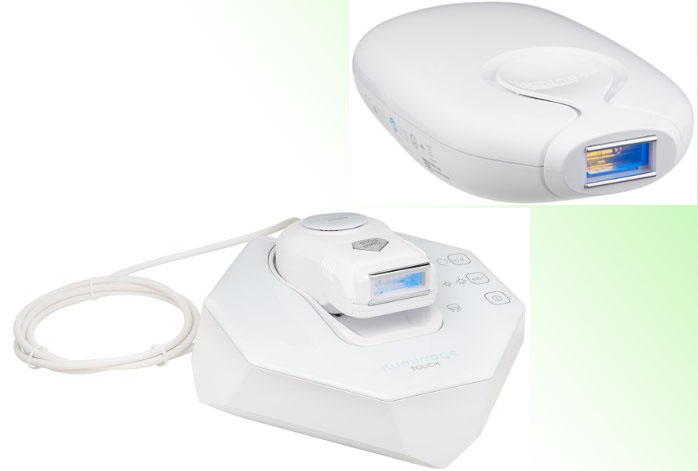Cold sores are annoying. Embarrassing, even. The disease is nudging the lifes of 11% of the population. Cold sores, also known formally as oral labial herpes, are blisters that often occur around the lips or mouth area. It is caused by herpes simplex virus, which, interestingly, is already quite common and is being carried by more than half the population of human on Earth – though not all of them experience the recurring cold sores. The disease can be triggered by stress that weakens the immune system of the victim, exposure to UV rays, fever, cold, flu, trauma, even hormonal changes. While usually cold sores last between 8 to 12 days, it may last longer in bad cases. The period can be painful and disturbing. Therefore, it is important to treat the outbreak properly. Two most popular products for treating cold sores are Herpecin L and Abreva. People often refer to either of the two when it comes to outbreaks. However, Abreva can be somewhat more expensive than Herpecin L. Which of them actually works better? (have a look : Zilactin Vs Abreva).
Abreva is an over-the-counter medication that you can get in all drug stores. The product is sold in tubes and is applied as a balm over the affected area. Meanwhile, Herpecin L is produced in the form of sticks. Think of applicating Herpecin L like wearing some lip balm. Some users stated that the layer made by Herpecin L lasted a little bit longer than Abreva’s balm. Also, because of its application method, the stick of Herpecin L generally gives more usage times than a tube of Abreva.
However, Abreva has the stronger effect between the two. With 10% of docosanol, Abreva is trusted by many to be able to heal the worse cases more effectively. On the contrary, Herpecin L has more active ingredients like Dimethicone (1%), Meradimate (5%), Oxybenzone (6%), and Octisalate (7.5%), but does not exactly work as quick as Abreva.



